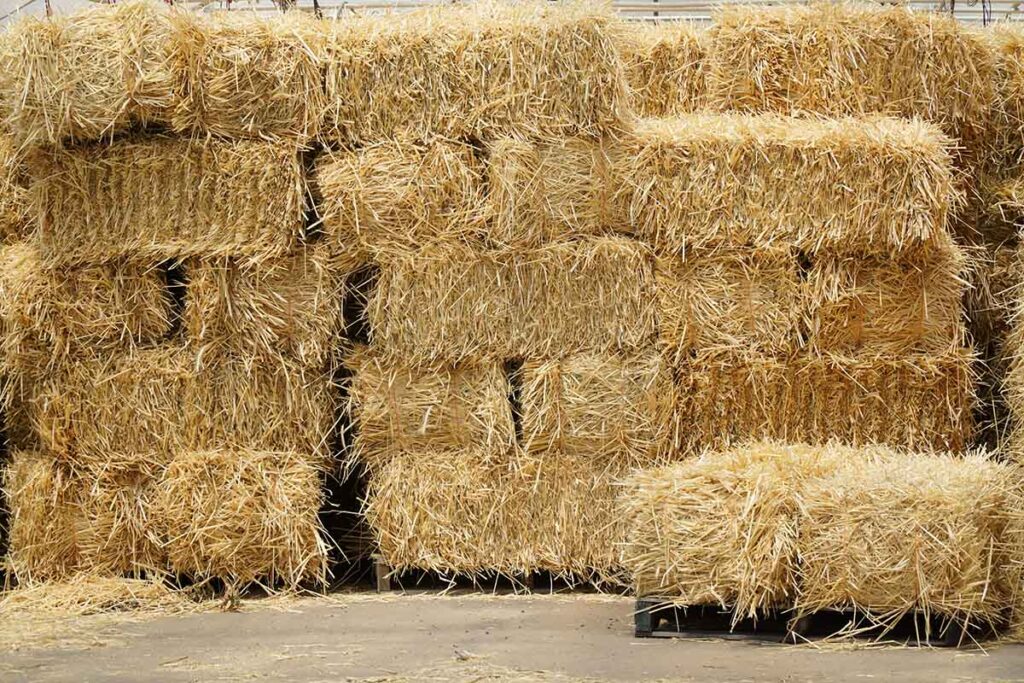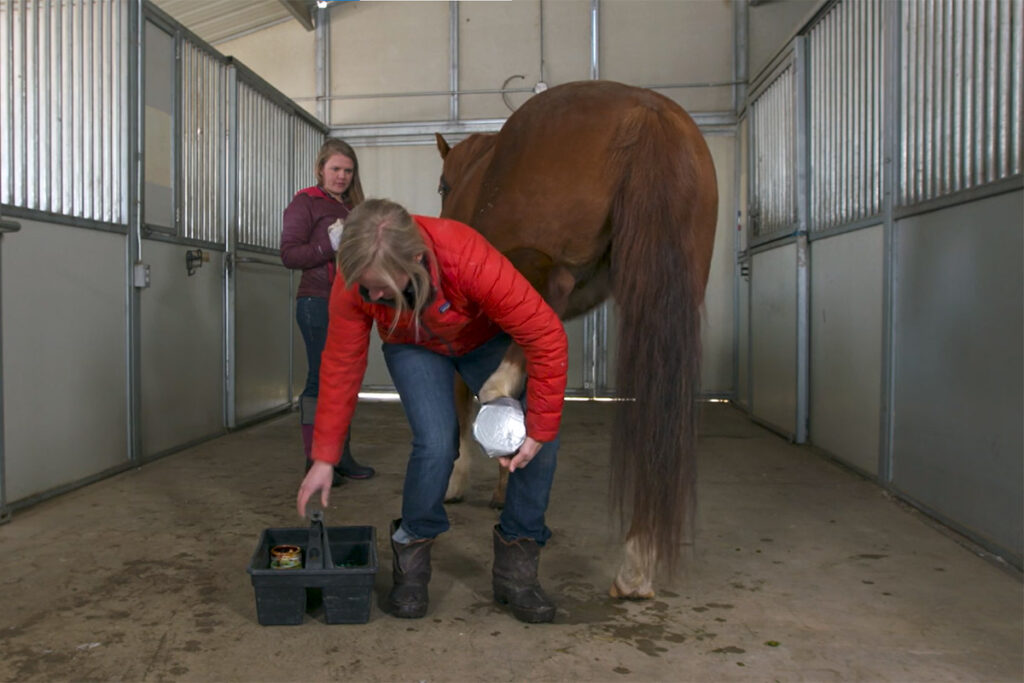The sight of a bloody scrape, gash, or laceration on a horse’s body can be panic-inducing for any owner. The key is to remain calm and take quick action to prevent infection and initiate healing. Here are the immediate steps to take when you notice your horse has a wound.
Step 1: Assess the Severity
First, determine how serious the wound is. Is it a small scrape or a deep laceration? Is it near a joint? How much bleeding? You can often treat minor wounds at home with basic first aid. Anything more severe will likely need veterinary attention. Signs that indicate you should call the vet include:
- Uncontrollable bleeding: If you can’t stop the bleeding within 10-15 minutes, it’s time to get professional help.
- Deep or large lesions: Wounds that are deep or cover a large area are more prone to infection and complications.
- Joint involvement: Wounds near joints can contaminate the surrounding delicate structures. These injuries require professional help.
Step 2: Call Your Vet
Unless you’re dealing with a simple, shallow scrape, it’s a good idea to call your veterinarian. The information you provide can help him or her determine whether they need to step in and help. Here’s what the veterinarian will need to know:
- Wound size and location: Be as precise as possible when describing where the wound is and how big it is. You can also take a photo of the injury and text it to your veterinarian.
- Wound type: Is it a cut, puncture, or something else?
- Clinical signs: Mention any symptoms your horse is exhibiting, such as limping, swelling, or signs of distress.
- Vaccination status: Confirm whether your horse has been immunized against tetanus, a life-threatening infection, within the past year.
Step 3: Be Proactive While Waiting for the Vet

When you call your veterinarian, he or she should give you instructions on how to manage your horse’s wound, including what to do while waiting for their arrival. Here are some steps you can take to keep your horse comfortable and prevent the situation from worsening:
- Keep your horse calm: Try to keep your horse as calm and still as possible by confining him to a stall or other small area. Stress and movement can exacerbate the injury.
- Clean the wound: Gently rinse the wound with clean water to remove any dirt or debris.
- Stop the bleeding: If your horse has a wound that’s bleeding, apply gentle pressure with a clean cloth or bandage.
- Apply a bandage: If possible, use a clean bandage to protect the wound from further contamination.
- Monitor vital signs: Keep an eye on your horse’s vital signs, such as heart rate, temperature, and respiration. Report any sudden changes to your vet.
Once the veterinarian arrives, he or she will likely examine the wound, clean it and remove any dead tissue, suture if necessary, and apply a bandage.
Step 4: Care for the Wound as it Heals
Proper wound care is essential for a smooth recovery. Clean the wound daily (or as instructed by your veterinarian) with a mild antiseptic solution or medicated shampoo to prevent infection. Allow the wound to dry, then apply a gentle antimicrobial to combat bacteria and encourage healing. Look for products that contain natural ingredients, such as manuka honey and medical-grade silver, that won’t disrupt the skin’s natural microbiome.
Change the bandage regularly, especially if it becomes soiled or wet. Fresh bandages help keep the wound clean and dry. Monitor your horse’s wound for signs of infection, such as persistent redness and swelling, foul smells, or discharge, as well as behavior changes (e.g., lethargy, refusing to eat) that might indicate your horse is in pain. If you notice any of these, contact your vet immediately.
Take-Home Message
Dealing with a horse’s wound can be a stressful experience, but knowing the right steps to take can help get him on the path to healing. Being prepared for emergencies like these is part of responsible ownership. Always work with your veterinarian to manage equine wounds, and don’t be afraid to ask for extra guidance when it comes to caring for and monitoring injuries.
Related Content:
- Types of Horse Wounds and How To Treat Them
- Navigating 4 Common Horse Skin Issues
- Video: How To Clean and Treat Horse Wounds
This article is brought to you by Absorbine.
Are you enjoying this content? Sign up for My New Horse’s FREE newsletter to get the latest horse owner info and fun facts delivered straight to your inbox!









